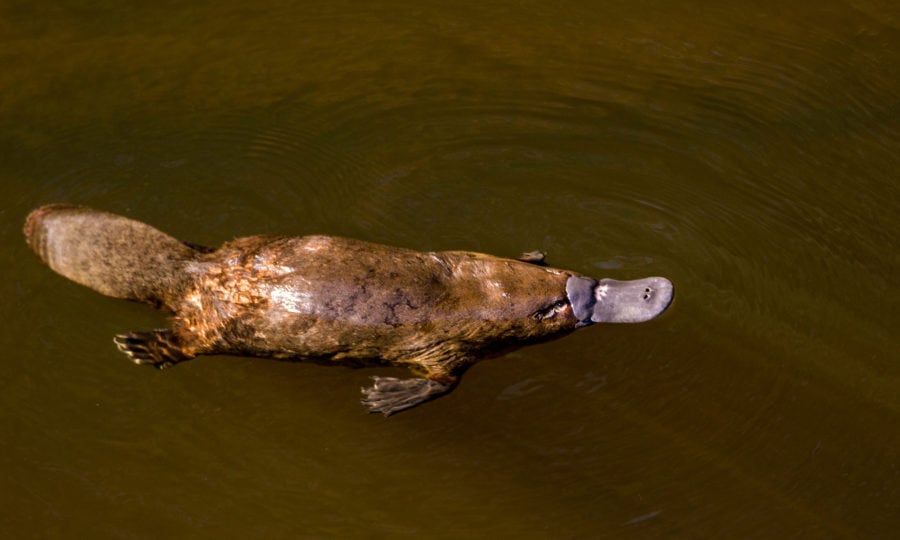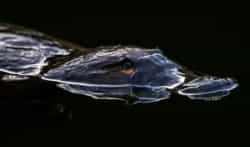The Black Summer fires took their toll on the platypus

Bad news for our iconic platypuses continues to roll in. Last week, scientists advocated for the famous aquatic marsupial to be placed on the endangered animal list. And now, a new study has found that the Black Summer fires burnt large swathes of their habitat across south-eastern Australia.
The study, commissioned by the Australian Conservation Foundation and conducted by Cesar Australia, says that of the 142 strongholds assessed prior to the bushfires, platypuses were recorded at 40 sites. Of those strongholds, 38 were fire-affected and the number of sites where platypuses were detected fell to 33, a 14 per cent drop.
Scientists have estimated that there are around 317,500 platypuses left in the wild, and with these new figures, researchers from Cesar Australia have estimated a two per cent decline in the overall population of platypuses directly attributable to the bushfires.
“Platypuses have been under stress in other areas of their range from things like changing river flows and land clearing,” says platypus expert Josh Griffiths from Cesar Australia. “To see these bushfires impact so much of their best remaining habitat is devastating.”
Throughout Australia’s 2019/2020 catastrophic fire season, images of platypuses being rescued from dried-up lakes were a part of the bigger story of the devastating impact the Black Summer had on the country’s wildlife. The release of these platypuses back into their habitat was good news, but they face big challenges.
“Last summer’s bushfires razed the vegetation along numerous riverbanks where platypuses build their burrows, while ash and sediment clogged up the creeks they feed in and severely reduced their food sources,” says ACF’s nature program manager Basha Stasak, adding that it isn’t just the bushfires affecting platypus populations.
“These unique Australian creatures have been badly affected by dams and the over-extraction of water from rivers, land clearing, attacks by foxes and dogs, pollution and suburban sprawl – and last summer they were hit hard by bushfires.
“Listing the platypus as a threatened species would be an important first step towards putting this much-loved Australian on the path to recovery.”
Platypus expert Tom Grant says it was self-evident that the fires and their aftermath would have an adverse impact on the platypus. And the situation is looking to get worse as climate change intensifies.
“Over previous droughts, I have monitored platypus populations persisting and come back to pre-drought levels due to the occurrence of large refuge pools in which they can survive until things return to normal.
“Unfortunately, with climate change there will be a new normal and the number of streams available to the platypus is almost certain to decrease in number.”
To avoid this, Tom says we have to “seriously consider and act aggressively on climate change,” but also maintain healthy platypus habitat and water sources.


